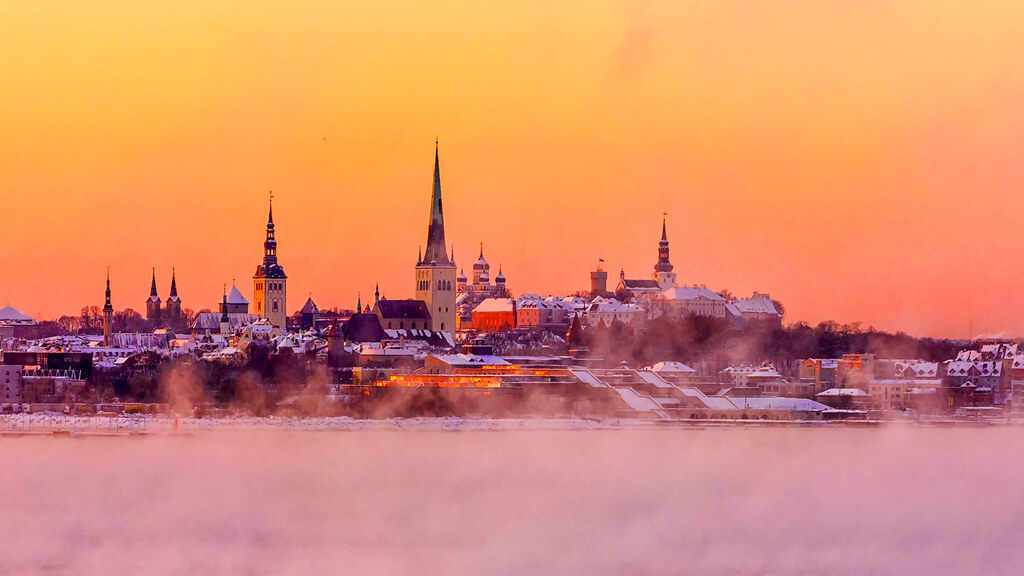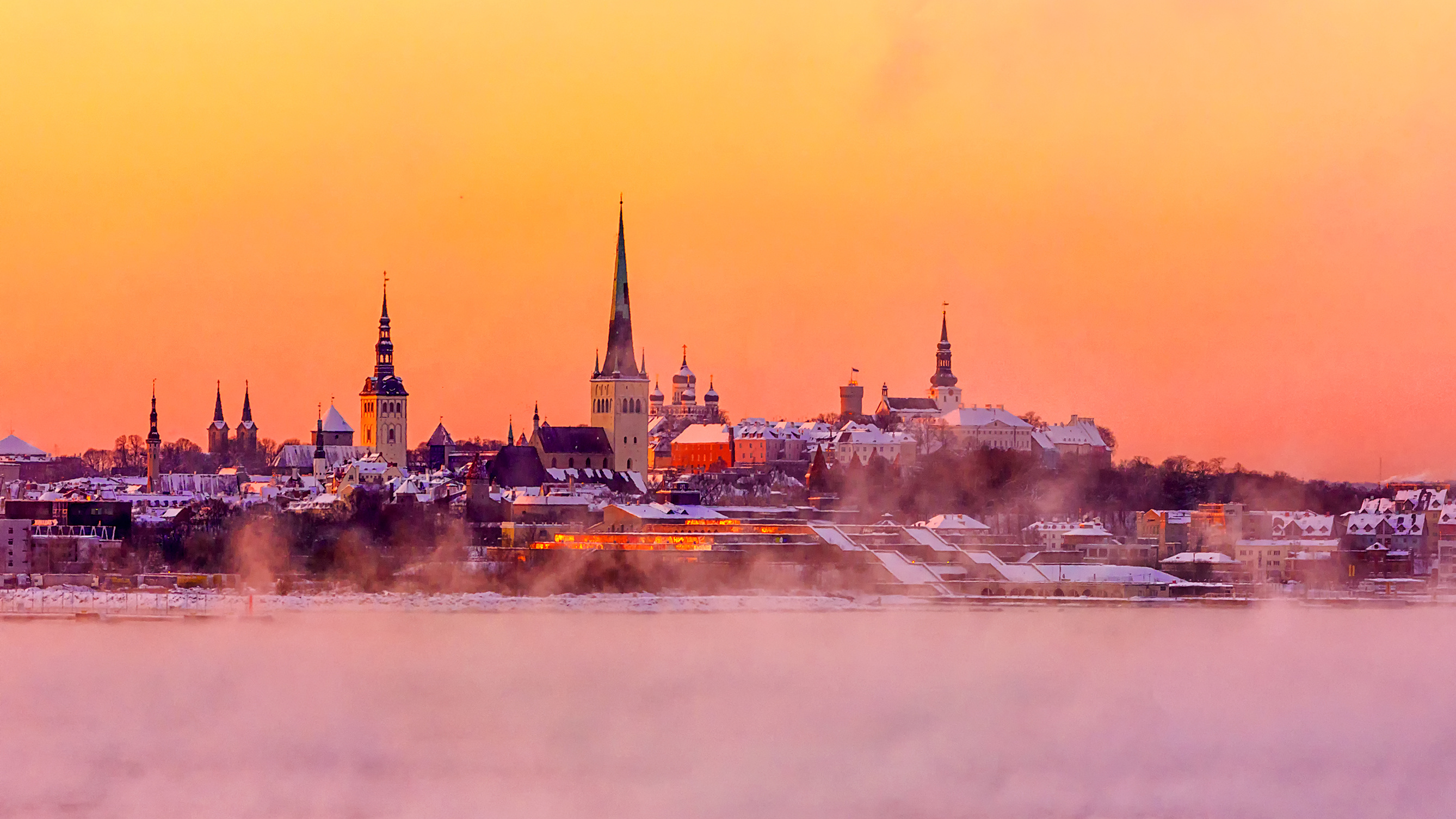
Three projects launched to address common Baltic-Nordic energy challenges
The first round of calls for The Joint Baltic-Nordic Energy Research Programme is now completed, and three projects are selected to receive funding: Fast, flexible and secure decarbonisation of the…

The first round of calls for The Joint Baltic-Nordic Energy Research Programme is now completed, and three projects are selected to receive funding:
- Fast, flexible and secure decarbonisation of the Baltic states – possible progress in the next Ten years
- Integrating energy sufficiency into modelling of sustainable energy scenarios
- Knowledge sharing on NZEB buildings in the Nordic-Baltic region
About the programme
The joint Baltic-Nordic Energy Research programme was officially implemented the 26th of October 2019 when the Baltic Countries and Nordic Energy Research agreed upon a Memorandum of Understanding (MoU). The financial scope of 4,5 million NOK will support these three selected projects for up to 2 years.
Read more on the programme at the programme page, or take a look at the original Call for proposals involving Nordic or Nordic-Baltic PhD and researcher mobility and network activities.
Evaluating the projects
NER received 17 proposals where 14 were considered for further evaluation. These 14 remaining proposals were then evaluated by a group of international experts, ranking the projects based on a set of assessment criteria. On the 31st of October 2019, the Broad of the Baltic-Nordic Energy Research Programme met in Riga to discuss and decide which projects would receive funding. During the discussions, some key aspects were emphasised; that the chosen projects involve participation from all the Baltic states; a wide spread of participating institutions; a high score from the scientific experts.
The Projects granted funding
Fast, flexible and secure decarbonisation of the Baltic states – possible progress in the next Ten years (FasTen)
The FasTen project will explore the potential to accelerate the decarbonisation of the Baltic States in the next 5-15 years. The project aims to “promote energy research and analysis in the Baltic states and inspire an intra-Batic and Baltic-Nordic collaboration”. The participating partners are Latvia through Riga Technical University, and Lithuania through the Lithuanian Energy Institute.
The project will analyse the potential evolution of the combined Baltic-Nordic energy system and explore the opportunities for increased interconnections and sector coupling in the Baltic States. Further, the project seeks to explore how regional power grids can be strengthened in order to develop electricity grids strong enough to secure stable electricity flows – which could help decarbonise the Nordic-Baltic countries and possibly parts of central Europe as well. FasTen will use modelling tools to highlight the costs and benefits of this development. Lastly, the project will explore the opportunities of accelerating the decarbonisation of the transport sector, through electric vehicles.
The project will explore these above-mentioned research areas by creating a shared, public Nordic-Baltic data set, prepare scenarios, run models, and engage with Baltic stakeholders.
The project owner is VTT Technical Research Centre of Finland and the project partners are Riga Technical University and Lithuanian Energy Institute. So far, the consortium has had a kick-off and is planning on meetings with relevant stakeholders by the end of June. The project will run until October 2021.
Integrating energy sufficiency into modelling of sustainable energy scenarios
This project will explore how the Nordic and Baltic countries can develop better and more extensive energy scenarios in the primary cases of Denmark, Latvia and Lithuania.
The project’s objectives are to integrate sufficiency aspects into energy modelling that are being used for development of sustainable energy scenarios. The project seeks to develop modified energy scenarios for the three primary cases, thus emphasize the combination of sufficiency, efficiency, and renewable energy.
While discussing sustainable development scenarios, the supply side is often emphasized, thus this project seeks to also include the demand side in these dialogues. The objectives are to enable a policy dialogue among public and private actors, involving aspects like possibilities and limitations for socio-economic and regulatory changes in moving towards these scenarios.
Aalborg University is the project owner, together with INFORSE Europe (DK), Green Liberty (LV) and Lithuanian Energy Institute as project partners. The consortium, together with observers from Sweden, Norway, Finland and Estonia, have had 5-6 project meetings and the project is well underway.
Knowledge sharing on NZEB buildings in the Nordic-Baltic region
NZEB means Nearly Zero-Energy Building, and is defined as “a building that has a very high energy performance … and the nearly zero or very low amount of energy required should be covered to a very significant extent by energy from renewable sources, including energy from renewable sources produced on-site or nearby” (European Commission, 2018).
The aim of this project is to collect information on realised NZEB projects in the Nordic/Baltic region, share experiences and inspire to further deployment of architectural attractive and technological successful NZEBs in the region.
The prime objectives are to; Establish a collection of examples of NZEBs in the five participating countries Denmark, Latvia, Estonia, Finland and Lithuania; Develop a catalogue with technical solutions of NZEBs that can be recommended in each country; Compare energy performance by a calculation of a reference building, having in mind the different climate in the five countries, and then comparing with the European Commission’s recommendations for the NZEBs in different climates
The project owner is Aalborg University (DK), and the partners are Tallinn University of Technology, Kaunas University (LT) of Technology, and Riga Technical University. So far, the project partners have had a start-up meeting, where the partners also decided upon a time-plan for the next year.
